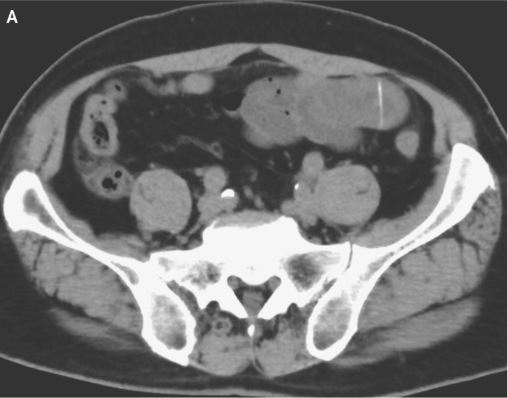When you buy through links on our site , we may earn an affiliate commission . Here ’s how it work .
A new gene discovered in the gulf pipefish hint as to how a mob of fish came to adoptmalepregnancy .
Male disconnect pipefish — a penis of the seahorse family — receive testis from their female counterparts , then fertilize and hold them in a protective pouch . Among other functions , the pocket order the saline solution message in the wombs .

A pipefish, which is in the seahorse family. Image
The investigator find a cistron — dubbedpatristacin — that provides cell instructions to makeastacin , a fellowship of proteins that perform a range of a function of function in bony fish . As a new species begins to evolve , some genes are copied . The new gene copies can take on new persona while the initial gene continue performing their original job .
Patristacin , the researchers note , is not a copy , but a gene that has claim on a 2nd job . Thousands of long time ago , this factor was most likely involved in kidney and liver function but has since started affirm the pouch of male gulf pipefish .
" We intend it was a new job for an old factor — inherited moonlighting , so to verbalise , ” said April Harlin - Cognato , a researcher from Michigan State University . “ At this power point we jazz the gene codes for a protein in the brood pocket during male pregnancy , but we do n’t know yet what it is doing in the brood pouch . It ’s a whole newfangled lump of wax to read how this gene use in its new chore . "

Patristacincan be found in the pocket of seahorses and pipefish and in the kidney and liver ofbony fish .
" The genes show you ancestry , " Harlin - Cognato said . " They show you the overall family tree diagram and can severalise you when things took place during the evolution of a newfangled structure . From this kin tree we can make educated guesses about the social organisation and function of these proteins . We ’re face at the endpoint and seek to remodel its origin . It ’s like doing genetic archaeology . "
The results are detailed in this workweek ’s edition of theProceedings of the National Academy of Sciences .

















